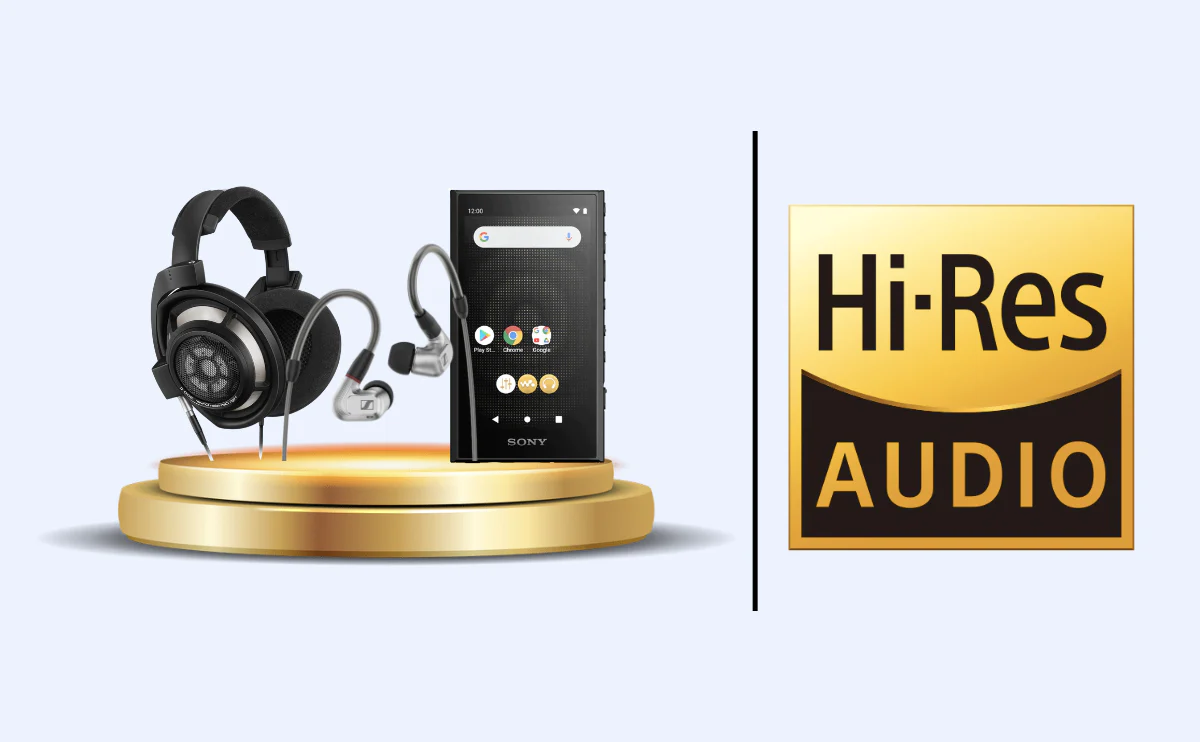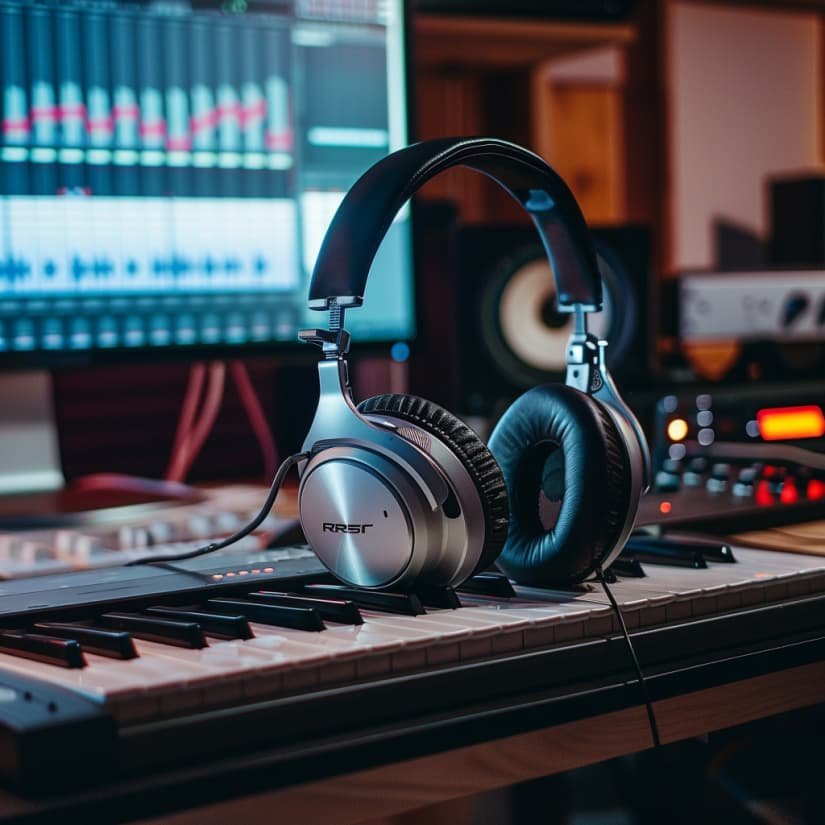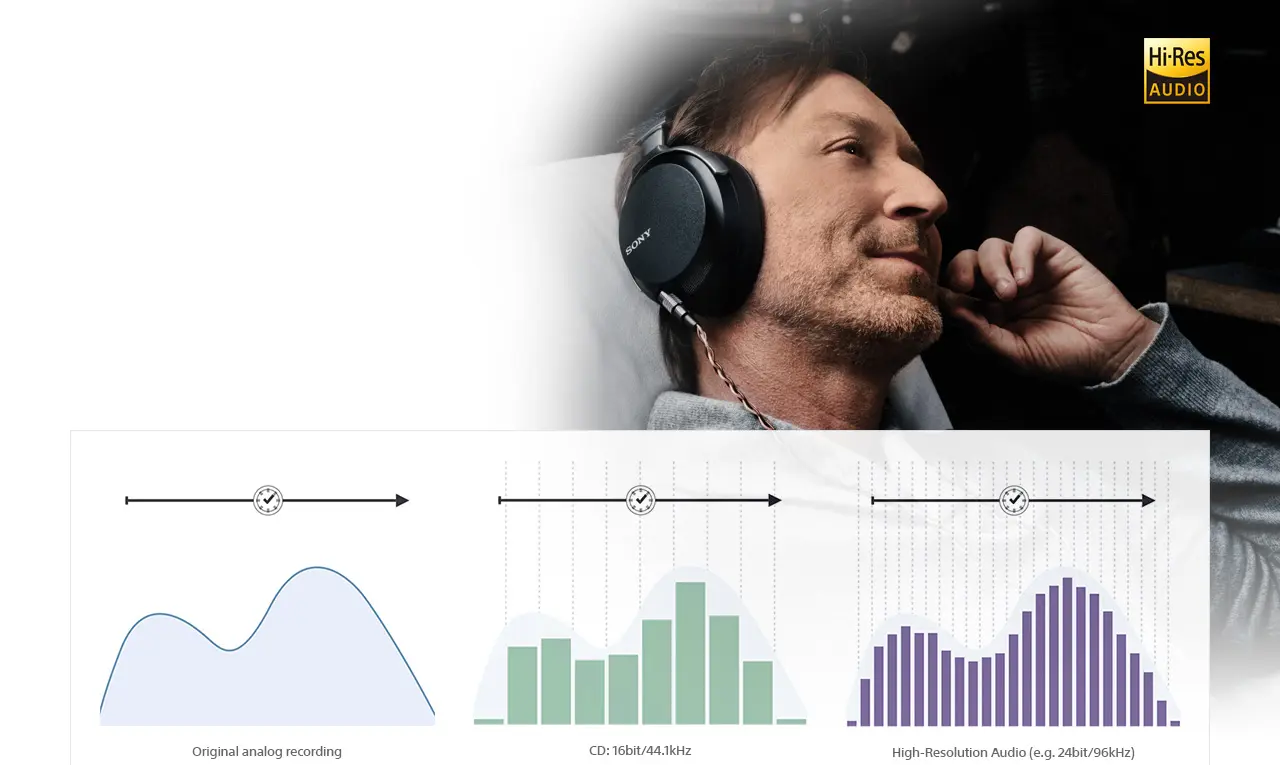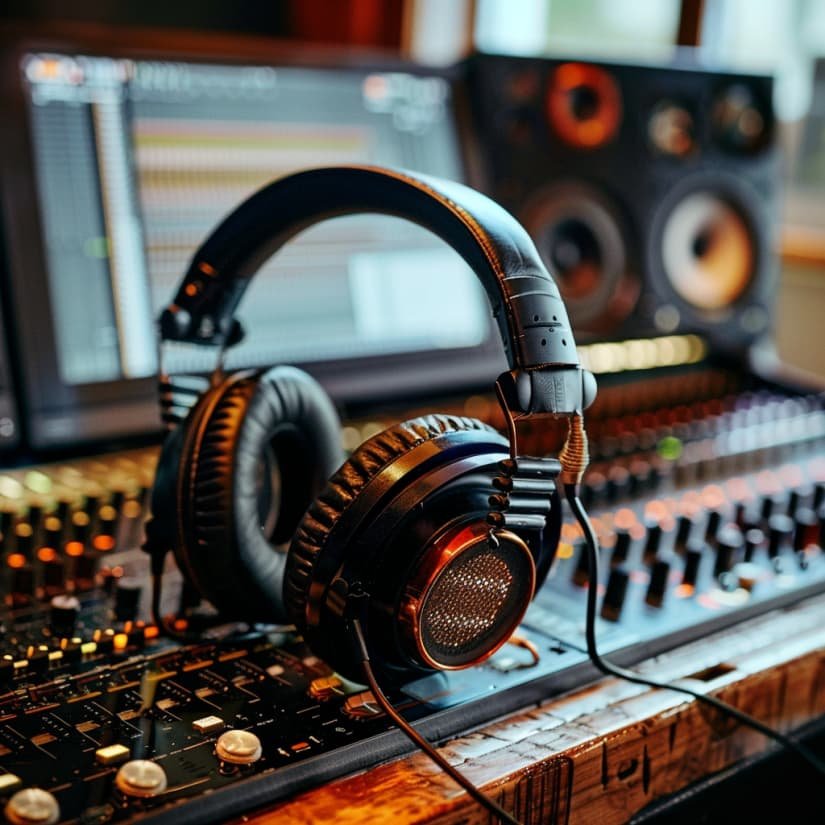Let’s be real for a second.
We’ve all heard music that sounds… flat. Like it’s there, but not really there. You know what I mean? You press play, but something’s missing. The drums don’t punch. The guitar feels like it’s wrapped in plastic. And the vocals? They’re just kind of floating on top.
That’s exactly where hi-res audio comes in.
Now, I’m not going to throw specs at you right away — you’ll get plenty of those. But here’s the truth: once you hear a proper hi-res track on decent gear, you’ll never want to go back. It’s like switching from YouTube at 480p to watching a film in 4K. Same content — completely different feel.
“Hi-Res Audio” Means You’re Finally Hearing What Was Actually Recorded
Here’s how a sound engineer once explained it to me over coffee in Berlin:
“CD quality is a good photocopy. Hi-res is the original canvas, texture and all.”

That stuck with me.
See, most of what we stream daily — whether on Spotify, YouTube, or even some parts of Apple Music — is compressed. It’s convenient. Quick. But it’s also trimmed down, stripped of detail to save space.
Hi-res audio, on the other hand, doesn’t settle for that. It uses higher sample rates (like 96kHz or 192kHz), deeper bit depths (usually 24-bit), and minimal or no compression. The result? A much richer sound — more space, more air, more emotion.
And no, it’s not some snobbish audiophile thing. It’s just… more honest.
Yes, You Can Stream It. And No, You Don’t Need a Studio Setup.
Here’s the surprise: you don’t have to be some headphone-hoarding sound nerd to get into this. In fact, hi res audio streaming is now super accessible.

Platforms like Qobuz, Amazon Music HD, and even Apple Music (with ALAC) offer hi res audio music that you can stream right now. And the quality? Genuinely impressive — we’re talking full 24-bit/192kHz in some cases.
Still no word on when Spotify hi res audio becomes a thing. They teased it. The internet screamed. And then… silence. Maybe this year? Maybe never?
If you’re already paying for one of these services, chances are you’re sitting on a goldmine of hi-res tracks and don’t even know it.
What About Gear? You Don’t Need to Spend $2,000 (Seriously)
Look, if you’re still using the earbuds that came with your phone, it’s not going to blow your mind. But the good news? You don’t need audiophile-level gear to enjoy hi-res audio.
The Sony hi res audio player lineup — like the NW-A306 or even the pricier UBP-X800M2 (which also handles 4K Blu-ray) — is a great place to start. Or go with a hi res audio player Android app and pair it with a DAC. Something like the iFi hip-dac 2 won’t break the bank and sounds way better than you’d expect.
Want something wireless? The Soundcore Motion+ Bluetooth speaker with hi-res 30W audio is underrated. Clean, warm, and it actually has hi-res certification.
And for headphones? Just avoid the junk. Go with anything LDAC-compatible, or wired cans like the Sennheiser HD 600 if you’re serious.
Where to Actually Download Hi-Res Audio (Without Getting Lost)
Let’s say you don’t want to stream. Maybe your internet’s not the fastest. Maybe you just like owning your music. Fair enough.
So, where do you get hi res audio downloads?
You’ve got a few legit options. HDtracks has been around forever and offers tracks in formats like FLAC, ALAC, WAV, AIFF, and even DSD. Qobuz is another solid platform — honestly, one of the easiest to use if you’re not into techy stuff. They even label their tracks clearly: you’ll see 24-bit/96kHz or 192kHz right next to the album name.
And yes — some of these sites offer hi res audio download free samplers. Not pirated. Legit. Just artists or labels wanting you to hear how good their work sounds in hi-res.
Here’s a tip: always double-check the format before buying. Some sites throw around the “hi-res” label loosely. You want at least 24-bit/96kHz, not just 16-bit CD rips in disguise.
Formats, Bit Depth, Sample Rates… Does It Really Matter?
Short answer? Yes. But also — don’t panic.
Let’s unpack this without sounding like a manual.

When people talk about hi res audio formats, they’re usually referring to FLAC (the most popular), ALAC (Apple’s version), and WAV/AIFF (uncompressed, big files). DSD is a whole other story — beautiful, but not always supported.
Then there’s the hi res audio sample rate — that 96kHz or 192kHz number. Think of it like frame rate in video. More samples = more detail. Same goes for bit depth — 24-bit captures more dynamic range than 16-bit. It’s what lets a jazz trumpet go from a whisper to a roar without distortion.
But don’t get too caught up in the numbers. If the track is marked as hi-res and your gear supports it, you’re good to go.
Wireless vs. Wired Hi-Res: Here’s the Deal
Let’s talk wireless.
People often ask if you can enjoy hi-res audio over Bluetooth. The honest answer? Kinda.
Standard Bluetooth doesn’t have enough bandwidth for real hi-res — but some newer codecs come close. LDAC, developed by Sony, can transmit up to 990kbps, which is enough for compressed 24-bit files. aptX Adaptive and aptX HD do a decent job too.
So if you’re using hi res audio Bluetooth headphones, make sure they support one of those codecs. Don’t expect miracles, but they’re much better than older Bluetooth options.

If you want true, uncompressed hi-res audio? Go wired. A simple USB-C dongle DAC can make a night-and-day difference — especially with Android phones. If you’re using an iPhone, it’s trickier, but still possible with a Lightning-to-USB DAC.
And if you’re building a speaker setup, you’ve got options. Plenty of hi res audio speakers now include built-in DACs or streamers. The Panasonic 4K Blu Ray Player DP-UB154P-K is a sleeper hit for both video and audio. Clean signal, hi-res output, and plays just about everything.
So… Is Hi-Res Audio Worth It?
I’ll be honest: not everyone will notice the difference right away.
If you’re using cheap Bluetooth earbuds on the subway with Spotify at 128kbps? Then switching to hi-res might not blow your mind immediately.
But here’s the thing — once you start listening in hi-res, on proper gear, in a quiet space… it changes how you hear music. A live recording suddenly feels like a memory. A studio mix reveals layers you’ve never noticed. You go back to your favorite albums and hear new things in songs you’ve known for years.
One musician I interviewed told me,
“It’s not just the notes that matter. It’s the breath before the note. Hi-res keeps that breath.”
That stuck with me.
Final Thoughts
Hi-res audio isn’t just about being picky. It’s about reconnecting with sound. About hearing songs the way they were meant to be heard.

Whether you’re diving into hi res audio streaming, checking out a Sony hi res audio player, or just curious about what is hi res audio, one thing’s clear: this isn’t a trend. It’s a return to something we lost when everything went digital — depth.
So try it. Download a track in hi res audio format. Put on a decent pair of hi res headphones. Maybe something like the Sennheiser HD 600. Let it play.
And listen.
Not casually. Not in the background. Really listen.
You might be surprised what you’ve been missing.